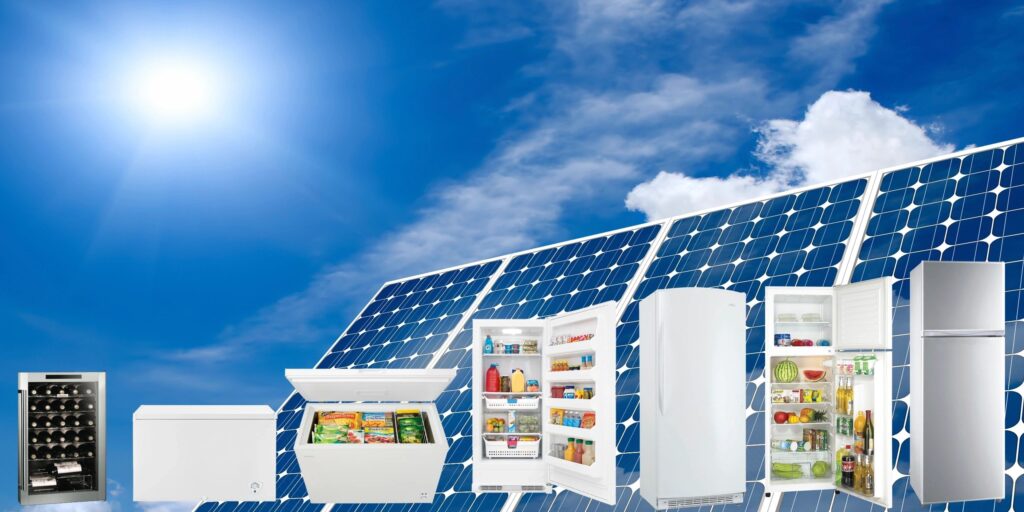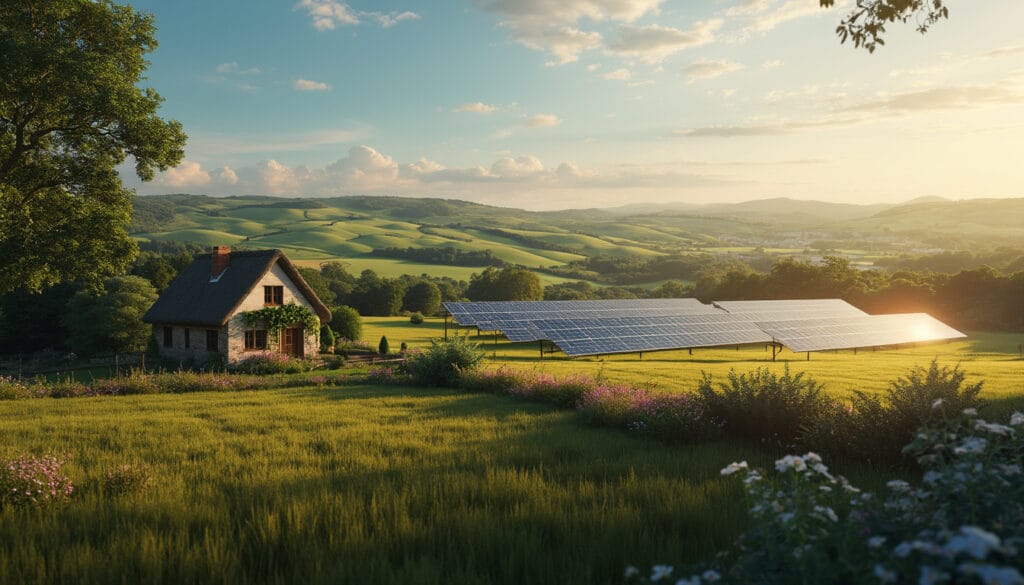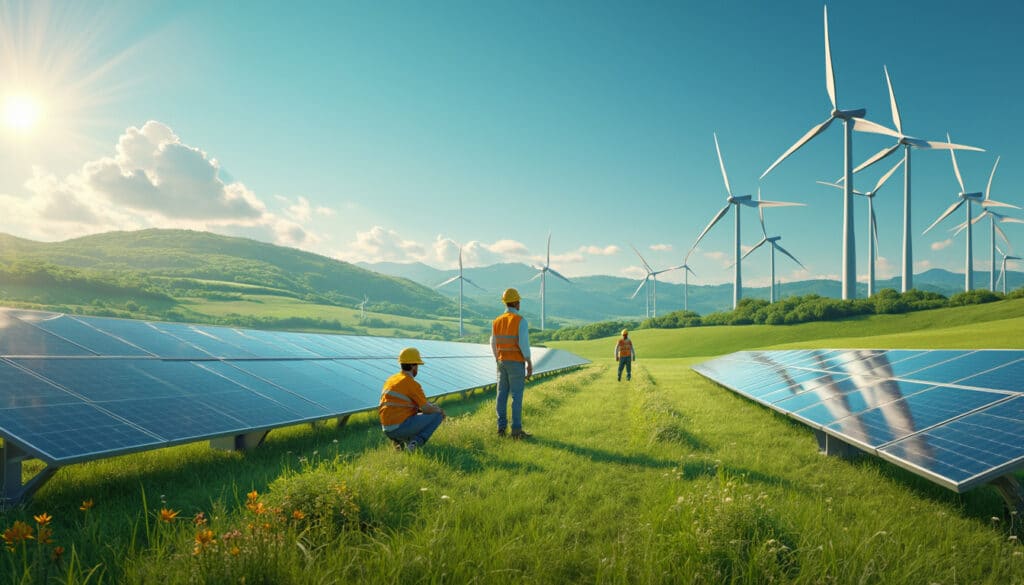In the field of food preservation, the energy efficiency of refrigerators plays a crucial role. Thus, the use of solar energy to power a thermoelectric refrigerator offers promising prospects in terms of efficiency. This technology, by harnessing a renewable energy source, allows for high performance levels while contributing to a more sustainable and environmentally friendly approach.
Context and Methodology

Researchers recently examined the potential of solar energy to power a thermoelectric refrigerator (TER) for cooling purposes. They designed, developed, and tested a solar-powered thermoelectric refrigerator (SPTR) with and without a solar tracking system (STS) under local climatic conditions.
The TER uses the principle of the Peltier effect, where an electric current generates a temperature difference across a thermoelectric module, creating cooling on one side and heating on the other. Unlike conventional refrigeration systems, thermoelectric cooling has no moving parts, does not use refrigerants, operates silently, and easily integrates with renewable energy sources.
Experimental Setup
Researchers introduced a compact SPTR using solar cells, a pyranometer, a data logger, a multimeter, thermocouples, and a TER. The TER was made of acrylic, polyurethane, aluminum, and used a TEM model TEC1-12706. Heat dissipation from the hot side of the TEM was managed by a sunflower radiator and a cooling fan.
To power the TER and STS, two photovoltaic (PV) panels of 75 W were used. The STS, built from cast iron, bearings, anemometers, gears, and motorized systems, allowed the PV panels to track the position of the sun throughout the day with two-axis rotation.
Research Results
The results showed a linear relationship between solar insolation rate, voltage, and current of the solar panels, peaking around noon. The STS significantly improved these values compared to the fixed panel, allowing the SPTR to capture more solar energy and generate more power.
The energy conversion efficiency (ECE) of the PV system decreased up to noon due to increased temperatures of the solar cells, but improved for the rest of the day. The STS-based system achieved an ECE that was 29% higher than the system with a fixed panel.
Applications and Benefits
The SPTR has proven to be robust, efficient, and suitable for various cooling applications, such as preserving food, medicines, and vaccines below ambient temperature. It could also serve in other low-temperature applications such as cooling electronics, thermal management, and air conditioning.
Unlike traditional systems, the SPTR offers a sustainable and environmentally friendly refrigeration solution as it operates without refrigerants, moving parts, or fluids, thereby reducing greenhouse gas emissions and dependence on conventional energy sources.
Future Recommendations
Researchers recommend optimizing the design and materials of the TER, integrating a battery or supercapacitor for energy storage, and conducting a techno-economic analysis of the SPTR system to maximize its efficiency.
Comparison between fixed systems and solar tracking systems (STS)
| Fixed system | Solar tracking system (STS) |
| Cold side temperature: 0 °C | Cold side temperature: 5 °C |
| Hot side temperature: 36 °C | Hot side temperature: 37 °C |
| Energy conversion efficiency: Lower | Energy conversion efficiency: 29% Higher |
| Coefficient of performance (COP): 1.19 max, 0.27 min | Coefficient of performance (COP): 2.07 max, 0.39 min |
| Water temperature: 1.5 °C | Water temperature: 0 °C |
Articles similaires
Thank you!
We will contact you soon.














